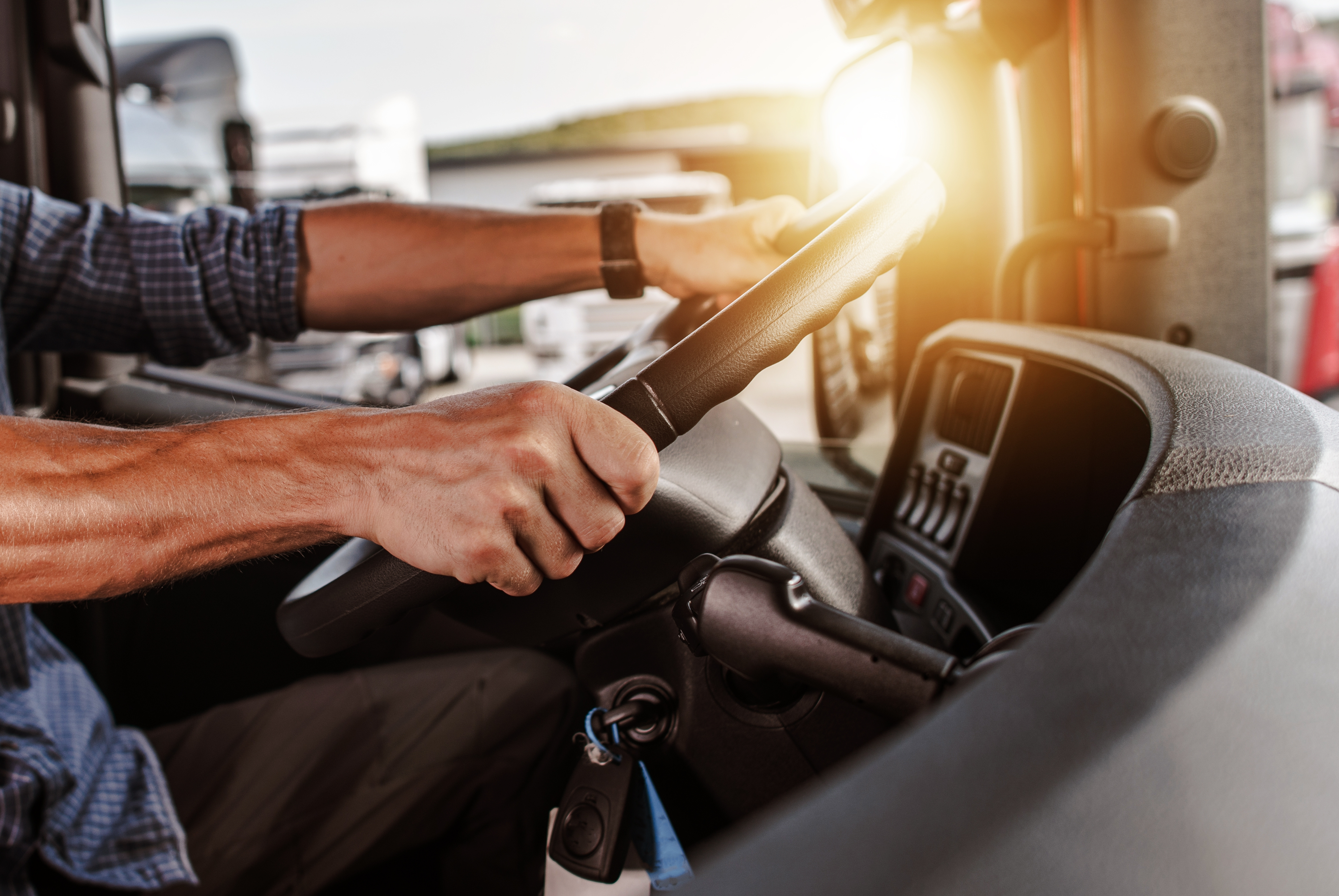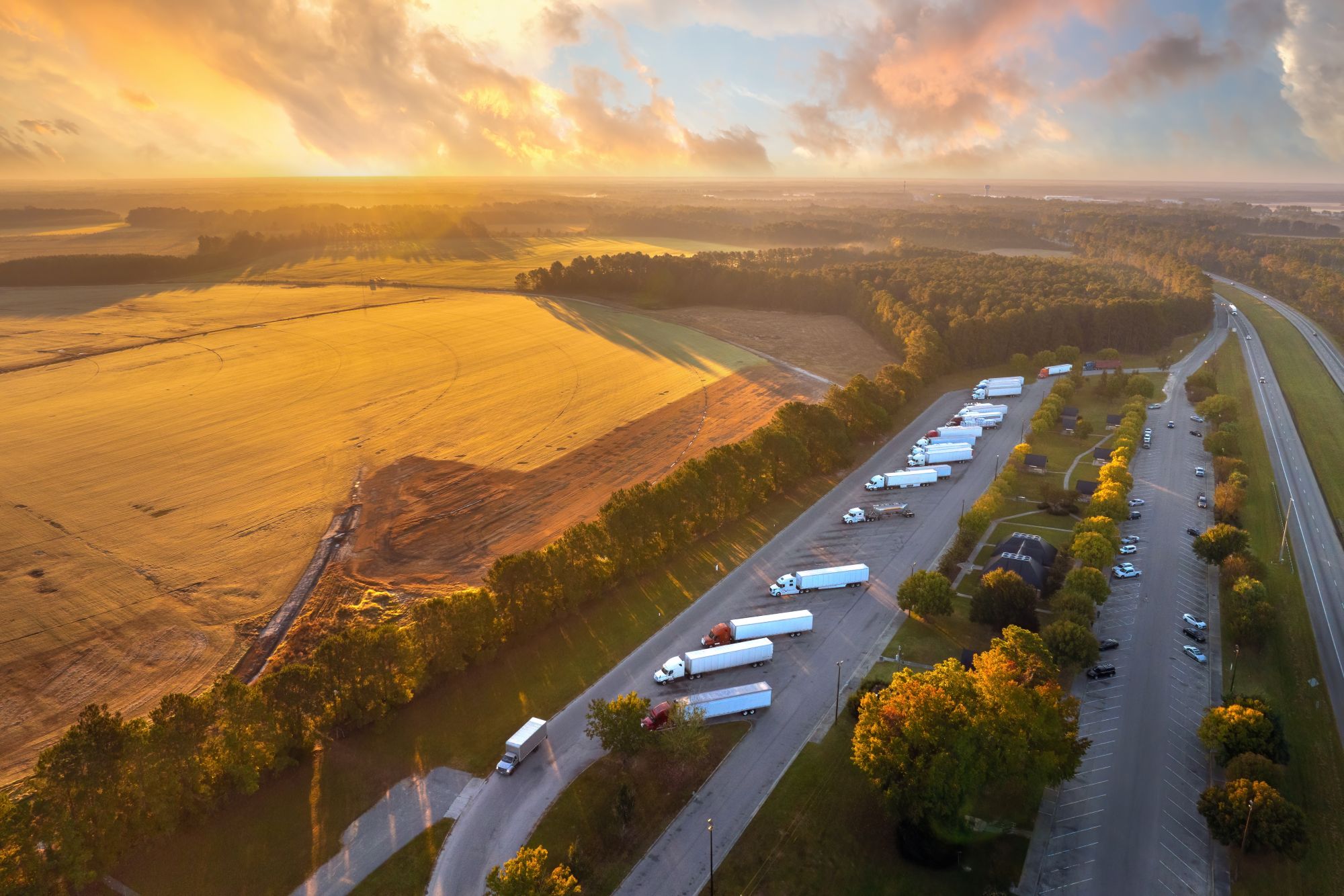
Miranda Blake
Dart Charge account – simplify your payments
Created: 08/11/2024
•
Updated: 17/09/2025
Understanding the intricacies of the Dart Charge system is essential to ensure a seamless and cost-effective experience when using the Dartford Crossing. Familiarising yourself with the payment options, account management, and potential pitfalls can save you from unnecessary fines and headaches.
Understanding the Dart Charge System
The Dartford Crossing, a vital aspect for commercial traffic, is managed by a sophisticated electronic payment system known as the Dart Charge. This innovative system was introduced to enhance the efficiency of toll collection, eliminating the need for traditional toll booths and enabling drivers to pre-pay or pay online by the end of the day.
Dart Charge explained
Wondering what exactly the Dart Charge is? It refers to the payment method used for the Dartford Crossing. The system was implemented to improve traffic flow and provide a more convenient payment experience for users.
Crossing the Dartford Crossing: payment options
Drivers have three primary options when it comes to paying the Dart Charge:
- Pre-pay account: Customers can set up a pre-pay account, which offers automated billing and a discounted crossing rate. Such a hassle-free approach ensures that payments are made seamlessly, with the account being automatically debited for each crossing.
- One-off payments: For those who don't have a pre-pay account, the option to pay online, by phone, or at Payzone retail outlets is available. Payments can be made in advance or by midnight the following day.
- Free crossings: The Dartford Crossing is free to use between the hours of 10:00 pm and 6:00 am, providing a cost-effective option for nighttime journeys.
Dart Charge rates: understanding the costs
Curious as to what the Dart Charge rates are? These vary depending on the vehicle class and whether the customer has a pre-pay account or is making a one-off payment. Here’s a breakdown of the current charges:

You can also read more tips on payment and other aspects for new drivers here.
Managing your Dart Charge account
Maintaining your Dart Charge account is crucial for avoiding fines and streamlining your crossings. Let’s explore the key aspects of account management.
Setting up a Dart Charge account
Establishing a Dart Charge account is a straightforward process. Customers can visit the official Dart Charge website, click "Start now," and select the "Sign in or set up a Dart Charge account" option. Alternatively, they can open a pre-pay account by downloading and submitting an application form.
Logging in and resetting passwords
Accessing your Dart Charge account requires the email address registered on the account. If you've forgotten your password, the link on the sign-in page will guide you through the process of creating a new one.
Updating personal details and vehicle information
Changing your name, address, or the vehicle registration numbers associated with your account can be done by logging into your Dart Charge account, navigating to the "Account management" and "Profile" or "Vehicle management" sections, and making the necessary updates.
Viewing crossing history and statements
Customers can review their crossing history and account statements by logging into their Dart Charge account. This feature allows you to track your usage and ensure that all payments have been properly recorded.
Dormant and suspended accounts
If your Dart Charge account becomes inactive due to a lack of vehicle registration, valid payment method, or recent crossings, you can reactivate it by addressing the underlying issue. Similarly, a suspended account can be unsuspended by topping up the balance or making payments for any outstanding crossings.
Closing your Dart Charge account
When it’s time to close your Dart Charge account, you can do so by logging in, navigating to the "Account management" section, and selecting the "Close account" option. Any remaining balance will be refunded using the same payment method.

Dartford Crossing payments with SNAP
SNAP Account offers a convenient solution, providing several benefits for drivers and fleet operators.
Seamless payment process
The system automatically handles the payment for each crossing, eliminating the need to remember to pay or deal with Dart Charge directly.
Guaranteed on-time payment
You’ll never receive a charge for late payment. This helps avoid potential fines or penalties associated with missed or late payments, providing peace of mind.
Consolidated billing
We simplify your financial management by including the Dartford Crossing transactions on the same invoice as your other SNAP Account activities. Such consolidation makes it easier to track and manage your expenses.
Time-saving
By automating the payment process, we save drivers valuable time. There’s no need to stop and make individual payments or remember to pay by midnight the following day, as is required when paying directly through the government's Dart Charge system.
Integration with other services
Our Dartford Crossing service is part of a broader ecosystem of road transport services. This integration allows users to manage multiple aspects of their journey, including parking, washing, and fueling, through a single platform.
Cost control for fleet operators
For businesses managing multiple vehicles, we provide an efficient way to control and monitor the Dartford Crossing expenses. The consolidated billing and automated payment system helps streamline accounting processes and reduce the administrative burden associated with managing individual crossings. By leveraging SNAP Account for the Dartford Crossing payments, drivers and fleet operators can enjoy a more efficient, reliable, and stress-free experience when using this crucial transport link.
Want to learn more about how to save money on the road? Check out our article on fuel saving tips along with our truck driver’s guide to budgeting.



